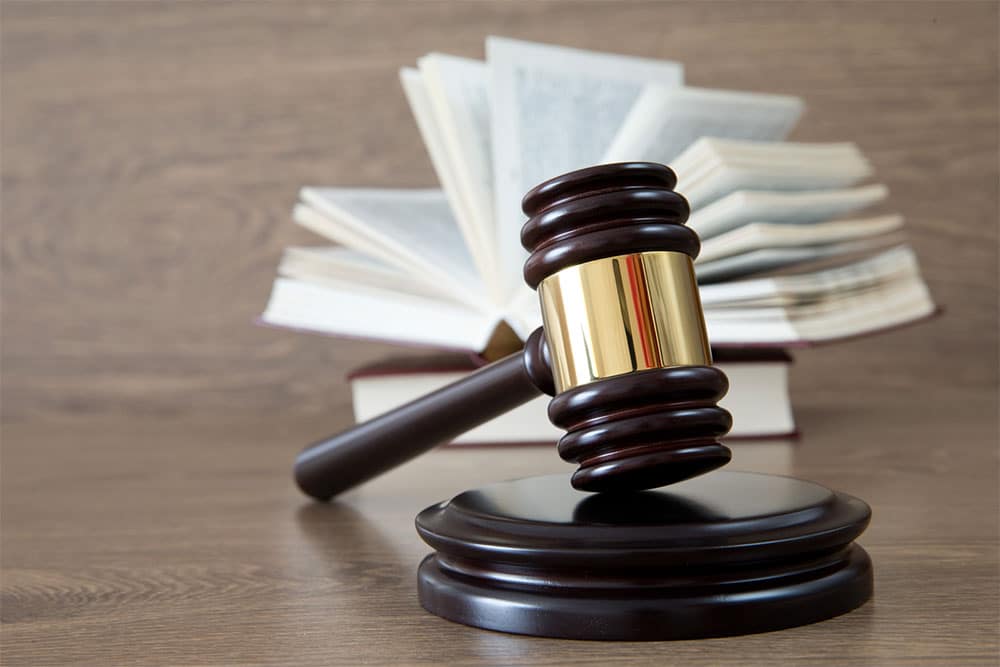Can I Discharge Debts that I forgot to list in my Bankruptcy?
I have been practicing bankruptcy law for over 15 years and I would approximate that at least 25% of all people that file for bankruptcy forget to list one or more debts/creditors in their bankruptcy. It’s not intentional. People forget to list creditors for numerous reasons: the debts are old and they do not receive statements anymore, the debts are recent (like new medical bills) and they have not received the bill and poor record keeping. So, what happens in a bankruptcy if those debts are not included in the bankruptcy schedules?
For starters, the debtor (that’s what the person is called that files for bankruptcy) can usually amend the bankruptcy schedules to add the creditor if done timely. The creditor would have to be served with all original notices from the court. But what happens if the creditor was not added to the schedules and the debtor received a discharge? Was the omitted debt discharged? It depends on the case.
If a chapter 7 was filed, then the answer is easy. First we have to ask was the case a “no asset case” or an “asset case”. A no asset case is a chapter 7 case in which the trustee does not liquate any assets of the debtor. Most cases are no asset cases because most debtors do not lose any property when they file for bankruptcy. An asset case is the opposite. In a chapter 7 asset case, the trustee liquidates some of the debtor’s assets and uses the monies from the liquidation to pay of the creditors. So, if the case is a no asset case, the unlisted debt is discharged even though it wasn’t listed on the bankruptcy petition. If the case is an asset case, the unlisted debt probably will not be discharged. The reasoning being that the unlisted creditor did not get a chance to get paid from the trustee liquidating the debtor’s property.
If the unlisted creditor is in a chapter 13, the debt will probably not be discharged unless it can be shown that unsecured debts did not get paid anything in the chapter 13 case. Many chapter 13 cases pay at least something to unsecured creditors. However, it should be noted that the debtor, at any time, can amend the schedules to add a creditor and in a chapter 13 that usually is anywhere between 3 and 5 years from when the petition was filed. Therefore, the debtor will usually hear from an unlisted creditor before the chapter 13 case is over and have time to amend their schedules.
Please feel free to call me any time if you should have any questions about debt not being listed in your bankruptcy case or if a creditor does not agree that their omitted debt is discharged. I’ve handled many post-bankruptcy creditor issues, mainly because a good handful of creditors do not understand the omitted creditor rules as stated above. There are cases on the United States Bankruptcy Court of the Northern District of Georgia’s website if you would like to read them. Just click on Judges then Opinions to read them. Also, please remember that the information you obtain at this site is not, nor is it intended to be legal advice. You should consult an attorney for advice regarding your individual situation.




